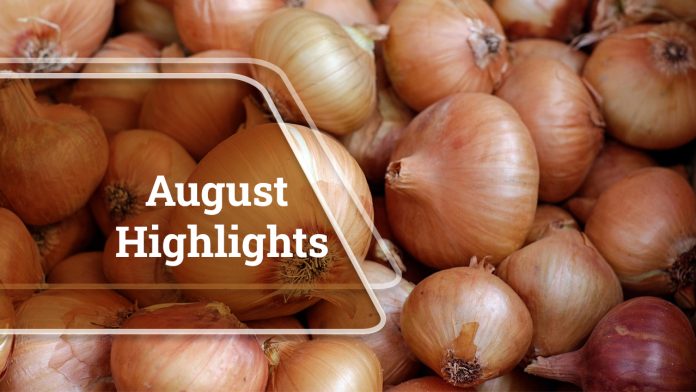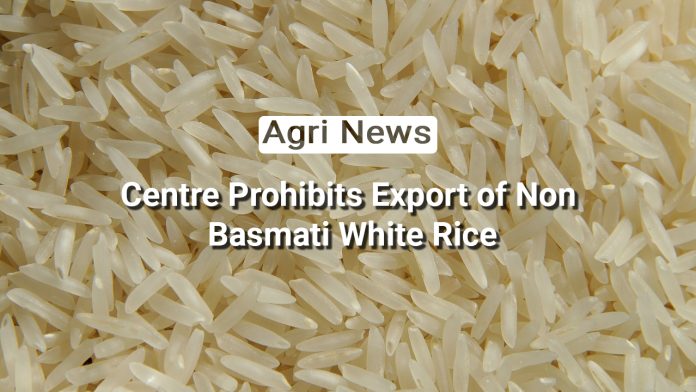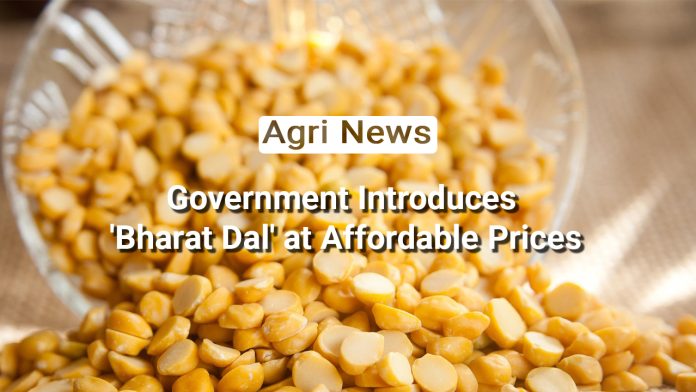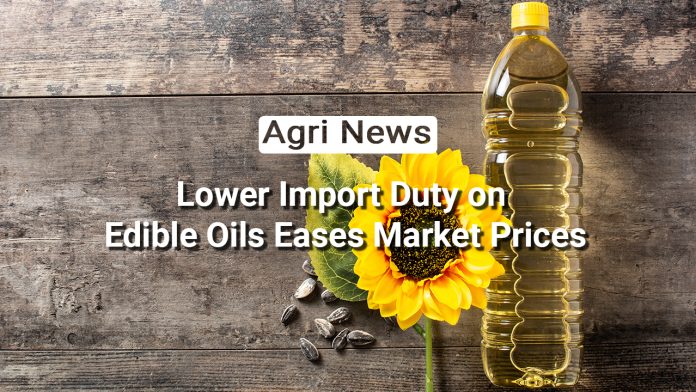1. Nano Fertilizers Revolutionize Agriculture
In a groundbreaking development, IFFCO has embarked on the commercial production of Diammonium Phosphate (DAP) from March 8, 2023, at its Kalol plant, marking a significant stride in the field of nano fertilizers. This production is set to expand further with two additional plants in Kandla and Paradeep. Furthermore, Coromondal International Limited (CIL) has established a state-of-the-art Nano DAP production facility in Andhra Pradesh, boasting an impressive manufacturing capacity of 4 crore bottles (1 liter each) per year. While the Government of India is not directly involved in the establishment of Nano Urea Plants, IFFCO has taken the initiative to set up three such plants in Kalol, Phulpur, and Aonla, with a cumulative capacity of 17 crore bottles. These innovations promise to revolutionize agriculture by enhancing nutrient utilization efficiency and reducing environmental impact.
2. Cocoponics: A Game-Changer in Hydroponics Farming
Hydroponics farming takes a leap forward with the introduction of “Cocoponics” by the ICAR-Indian Institute of Horticulture Research (IIHR) in Bengaluru. This revolutionary hydroponic variant employs cocopeat as a substrate for growing vegetables and has shown remarkable success across various vegetable crops. Cocoponics not only conserves water but also enables precise nutrient delivery to plants, resulting in higher yields and healthier produce. This innovation signifies a significant step toward sustainable and efficient agriculture in India.
3. Bhu-Vision: Transforming Agriculture with IoT
Agriculture enters the digital age with the introduction of Bhu-Vision, an IoT-based automated soil testing and agronomy advisory platform. Launched at ICAR-IIRR, Hyderabad, Bhu-Vision conducts 12 crucial soil parameter tests in just 30 minutes, providing farmers and stakeholders with quick and accurate results through mobile-based soil health cards. This technology promises to revolutionize soil management practices, improve crop yields and contribute to the nation’s soil health map, ultimately enhancing our understanding of the agricultural landscape and promoting sustainable farming practices.
4. Onion Buffer Surges to 5 Lakh MT
In a strategic move to ensure food security and price stability for consumers, the Indian government has increased the onion buffer stock to an impressive 5 lakh metric tonnes. This decision comes after successfully achieving the initial procurement target of 3 lakh metric tonnes. With the Department of Consumer Affairs directing NCCF and NAFED to procure an additional 1 lakh tonne each, this surplus aims to meet the country’s onion demand while ensuring calibrated disposal to major consumption centers.
5. Basmati Rice: MEP and Export Duty
In an effort to regulate domestic prices ahead of key state elections, the government has imposed a minimum export price (MEP) of $1,200 per tonne on basmati rice shipments. Additionally, a 20% export duty on non-basmati parboiled rice exports has been put into effect, with these measures set to remain valid until October 15, 2023. These steps seek to strike a balance between facilitating exports and maintaining stable prices in the domestic market.
6. Center Revisits GM Mustard Decision
In a significant policy shift, the Centre has requested the Supreme Court to withdraw its oral undertaking from November 2022, where it pledged not to proceed with the commercial cultivation of Genetically Modified (GM) mustard in India. This development marks a potential revaluation of the stance on GM crops and their role in Indian agriculture, sparking discussions and debates in the agricultural sector.
7. APEDA Facilitates Fresh Pomegranate Export to the USA
Agricultural and Processed Food Products Export Development Authority (APEDA), operating under the Ministry of Commerce and Industry, has achieved a remarkable feat by facilitating the export of the first trial shipment of fresh pomegranates to the USA via air. This milestone was made possible through collaboration with various entities, including the National Plant Protection Organization (NPPO) of India, the US’s Animal & Plant Health Inspection Service (US-APHIS), Maharashtra State Agricultural Marketing Board (MSAMB), ICAR-National Research Centre on Pomegranate, Solapur (NRC-Solapur), and others. The successful export, carried out by APEDA-registered ‘INI Farms,’ underscores India’s potential in global fruit markets.
8. Cott-Ally App: Empowering Cotton Farmers
The Cotton Corporation of India Limited (CCI) has introduced the “Cott-Ally” mobile app, exclusively designed for cotton farmers. This digital initiative aims to maximize the utilization of digital media among farmers, particularly in the cotton farming sector. It facilitates direct interaction and outreach with cotton farmers in their regional languages, ensuring that they benefit from government schemes and information, ultimately enhancing productivity and livelihoods in the cotton industry.
9. DNA Testing Revolutionizes the Cotton Industry
The Union Minister of Textiles, Commerce & Industry, Shri Piyush Goyal, has presided over significant developments in the cotton value chain. A project to develop cotton markers for DNA testing, in collaboration with the Council of Scientific and Industrial Research-National Botanical Research Institute (CSIR-NBRI), is set to revolutionize the cotton industry. This initiative not only promises to enhance the traceability, certification, and branding of premium Indian Cotton but also adds significant value to the entire cotton value chain. Additionally, efforts to brand premium Indian Cotton, such as Kasturi Cotton India, are being recognized for their potential to boost the cotton sector’s overall value and market presence.














